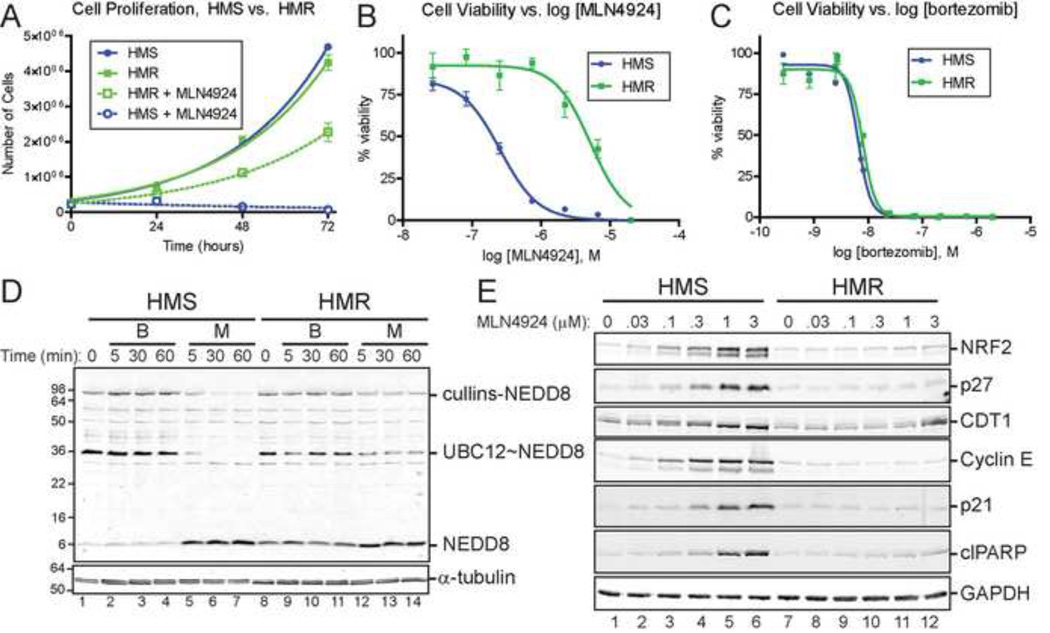Figure 1. HCT116 cells lose sensitivity to the NEDD8 activating enzyme inhibitor MLN4924 upon prolonged exposure and serial culturing.
(A) Growth of HCT116 cells (HMS cells , HCT116 MLN4924 Sensitive; HMR cells, HCT116 MLN4924 Resistant) in the presence or absence of 3 µM MLN4924. The viability of HMS and HMR cells treated for 48 hours with MLN4924 (B) or bortezomib (C) was assessed by quantifying cellular ATP levels. (D) HMS and HMR cells were treated with 3 µM bortezomib (B) or 3 µM MLN4924 (M) for the indicated times and extracts were analyzed under non-reducing conditions by immunoblotting for NEDD8. NEDD8-modified cullins, NEDD8-activated UBC12, and NEDD8 are indicated. α-tubulin was used as a loading control. See Figure S1 for immunoblotting for ubiquitin. (E) The steady state abundance of CRL substrates NRF2, p27, CDT1, cyclin E, and p21 and the cell death marker cleaved PARP (clPARP)were examined after 24 hours of treatment with the indicated concentration of MLN4924. GAPDH was used as a loading control.

